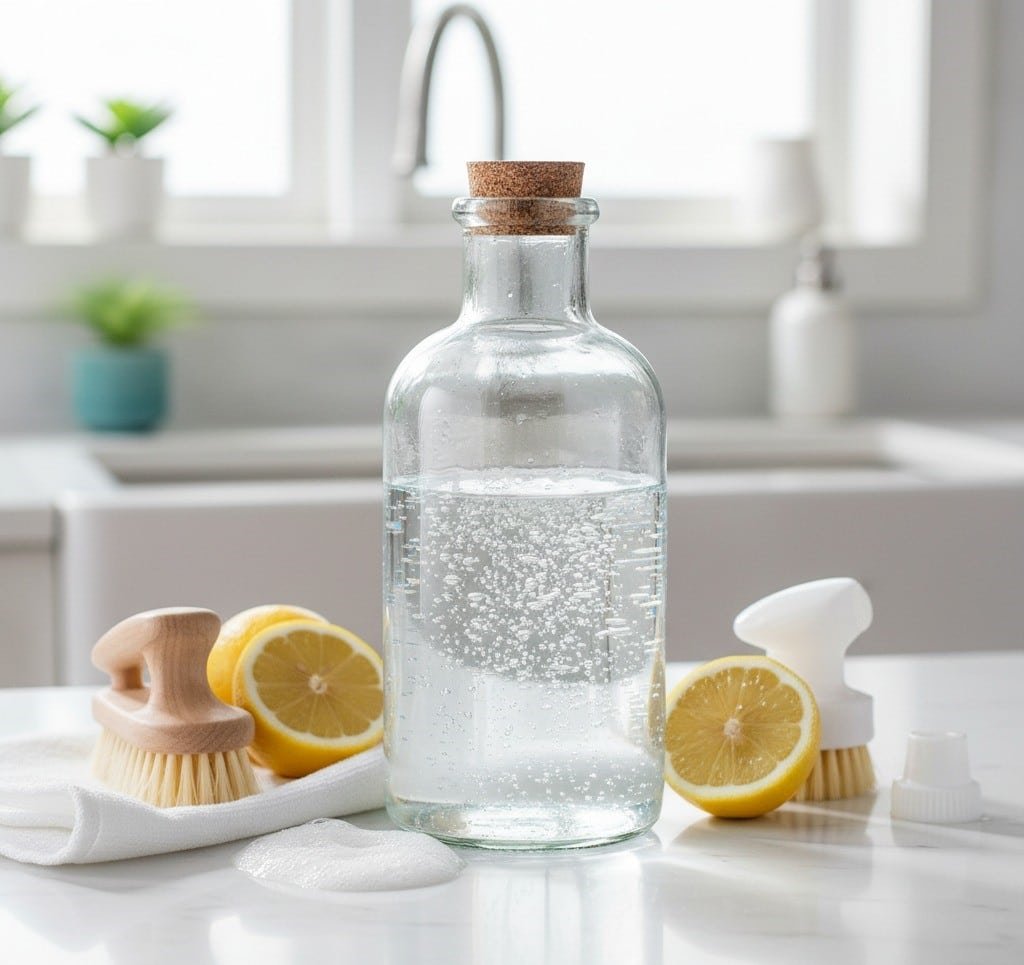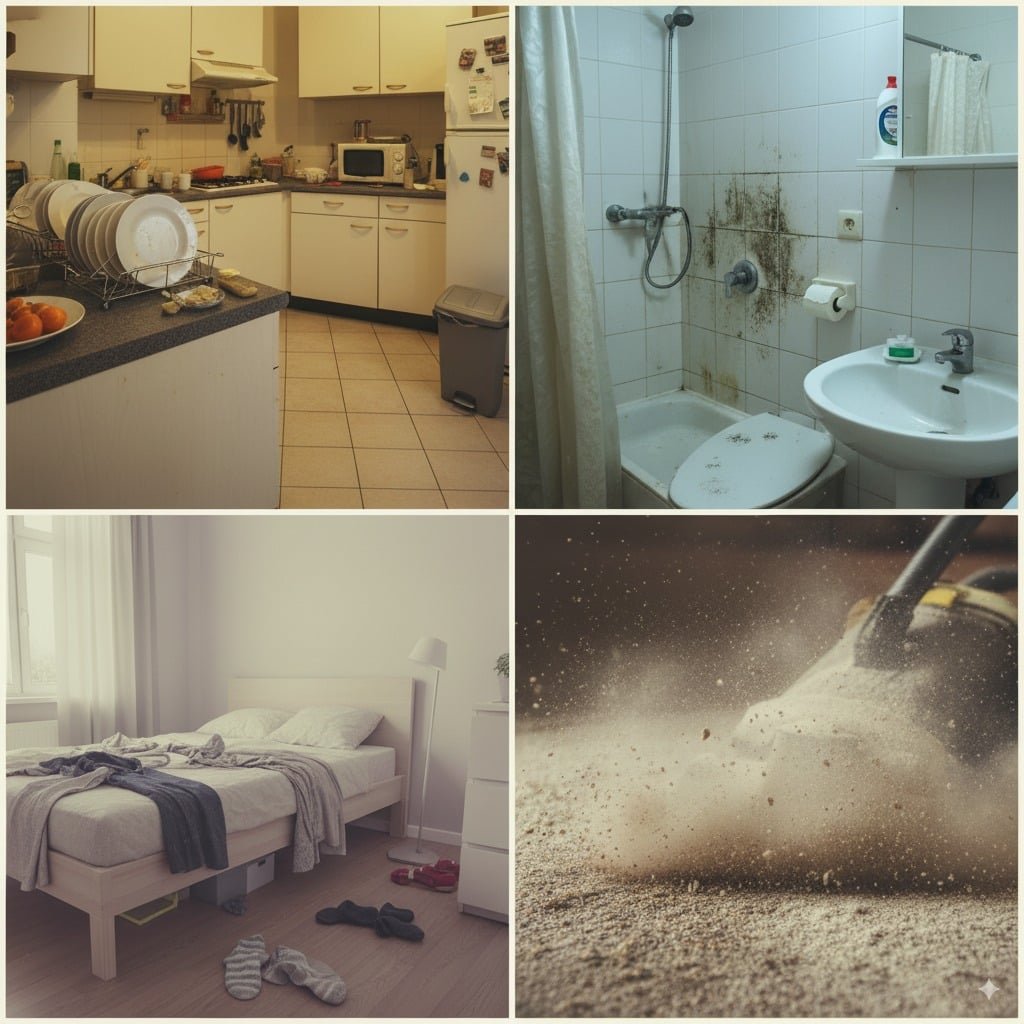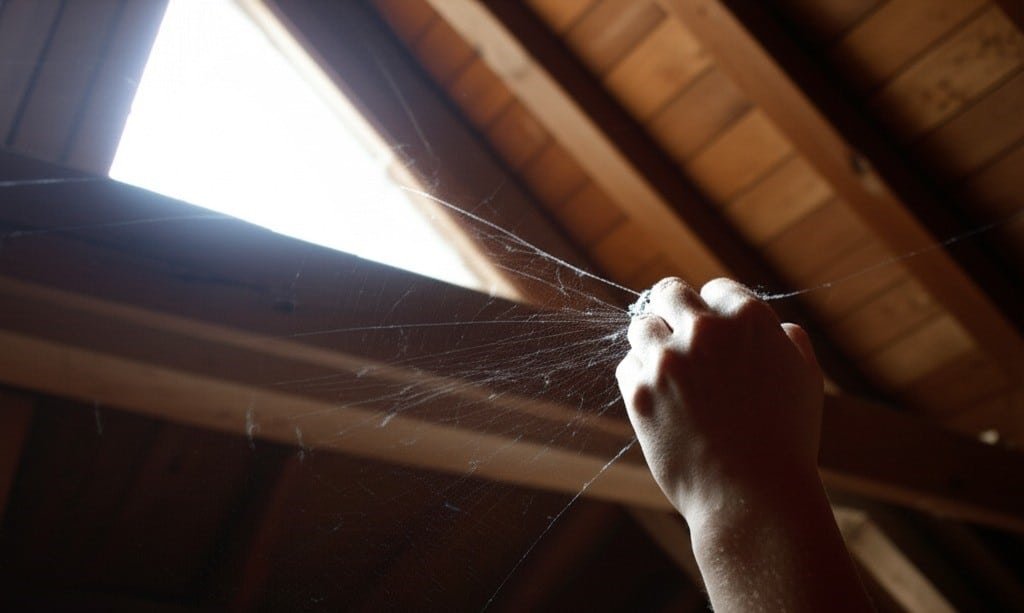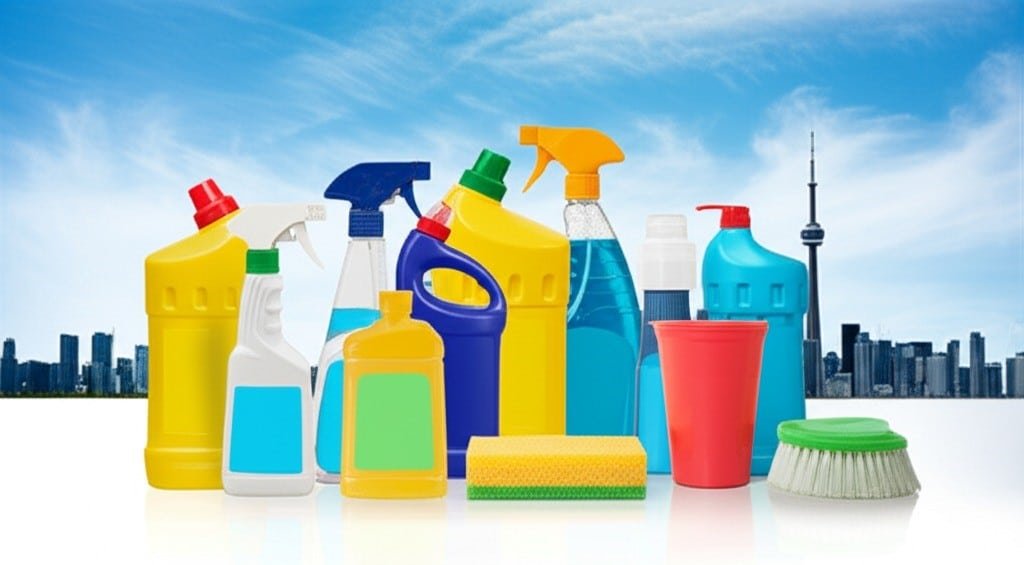Understand The Formula For Hydrogen Peroxide And 4 Ways To Use It For Cleaning
In the world of cleaning, few products offer the versatility, affordability, and eco-friendly power of hydrogen peroxide. Often found in a simple brown bottle in the first-aid aisle, this unassuming liquid is a formidable ally in the quest for a truly clean and disinfected home. Its chemical formula, H₂O₂, is just one oxygen atom away from water (H₂O). This extra oxygen atom is what makes it a powerful oxidizer, allowing it to break down stains, kill germs, and deodorize surfaces effectively. When its work is done, it safely decomposes into nothing more than water and oxygen, making it a much gentler choice for your home and the environment compared to harsh chemical cleaners like chlorine bleach. Understanding the humble brown bottle is the first step to unlocking its potential. For household cleaning, the standard 3% solution is all you need. While higher concentrations exist, they can be corrosive and are not intended for general use. The dark bottle is essential because hydrogen peroxide is sensitive to light, which causes it to break down more quickly into water and oxygen, losing its cleaning power. For best results, it’s often helpful to attach a spray nozzle directly to the original bottle. Before you begin, always remember a few key safety rules: wear gloves to protect your skin, ensure good ventilation, and most importantly, never mix hydrogen peroxide with bleach or ammonia, as this can create toxic gases. 1.Hydrogen Peroxide in the Kitchen The kitchen is where hygiene is paramount, and hydrogen peroxide shines as a non-toxic disinfectant and cleaner. Disinfecting Cutting Boards and Countertops: Wooden and plastic cutting boards can harbor dangerous bacteria like Salmonella and E. coli. After washing your cutting board with soap and water, spray it liberally with 3% hydrogen peroxide. Let it sit and bubble for about 10 minutes, this bubbling action is the peroxide working to lift and kill germs from the pores of the surface. Rinse thoroughly with water. The same process can be used on non-porous countertops (avoiding unsealed natural stone like marble) for a food-safe disinfection. Cleaning and Deodorizing the Sink: The kitchen sink is often one of the dirtiest places in the home. To clean and sanitize it, wash it first with soap and water. Then, spray the entire basin and faucet with hydrogen peroxide. Let it sit for 15-20 minutes before rinsing. For tough stains, create a paste of baking soda and hydrogen peroxide, apply it to the stained area, let it sit, and then scrub gently with a non-abrasive sponge. This not only cleans but also eliminates lingering odors. Brightening Stained Cookware: Burnt-on food and stains on baking sheets, pots, and pans can be incredibly stubborn. To tackle them, create a paste of baking soda and hydrogen peroxide. Apply a thick layer to the stained areas, let it sit for several hours or even overnight. The peroxide will work to break down the carbonized food, and the baking soda will act as a gentle abrasive. Scrub with a sponge, and you’ll find much of the staining lifts away with minimal effort. Sanitizing the Refrigerator and Dishwasher: Because hydrogen peroxide is food-safe, it’s perfect for cleaning appliances that handle your food. Wipe down shelves, drawers, and the interior walls of your refrigerator with a cloth dampened with peroxide to disinfect surfaces and eliminate odors. You can also run an empty dishwasher cycle with a cup of hydrogen peroxide in the bottom to help kill mold, mildew, and bacteria that can build up inside the machine. 2.Tackling the Bathroom The bathroom is a constant battleground against germs, mold, and mildew. Hydrogen peroxide is an indispensable tool in this fight. Eliminating Mold and Mildew: In damp environments like showers, mold and mildew are common. To treat affected areas, spray 3% hydrogen peroxide directly onto the mold. Let it sit for at least 30 minutes to an hour. The peroxide will kill the mold spores. After it has sat, use a stiff brush to scrub the area and then rinse with water. This is particularly effective on tile grout, shower curtains, and around fixtures. Disinfecting the Toilet: Hydrogen peroxide is a fantastic toilet bowl cleaner and disinfectant. Pour about half a cup of peroxide into the toilet bowl and let it sit for 30 minutes. The solution will work to break down stains and kill germs. After waiting, scrub the bowl with a toilet brush and flush. You can also spray the exterior, seat, and handle with peroxide and wipe clean for a complete sanitization. Whitening Grout: Grout between tiles can become discolored over time. To restore its brightness, make a thick paste of baking soda and hydrogen peroxide. Apply the paste directly to the grout lines using an old toothbrush or a small brush. Let it sit and bubble for 10-15 minutes, then scrub vigorously. Wipe away the excess paste with a damp cloth. You may need to repeat the process for heavily stained areas, but the results are often dramatic. Sanitizing Toothbrushes and Bath Toys: Items that go in the mouth need regular sanitizing. Soak toothbrushes in a small cup of hydrogen peroxide for about 5-10 minutes once a week to kill bacteria. Similarly, bath toys can be soaked in a solution of warm water and peroxide to eliminate mold and mildew that can grow inside them. Rinse everything thoroughly before use. 3.Around the House The applications of hydrogen peroxide extend far beyond the kitchen and bathroom. Effective Stain Removal in Laundry: Hydrogen peroxide is a mild bleach, making it excellent for removing stubborn stains, especially from white fabrics. It is particularly effective on organic stains like blood, grass, and red wine. For blood stains, apply peroxide directly to the fresh stain (it will bubble as it reacts with an enzyme in blood) and blot with a clean cloth before washing. For general stains, mix two parts hydrogen peroxide with one part dish soap. Apply to the stain, let it sit, and then launder as usual. Important: Always spot-test on a hidden area of colored fabrics first, as it can cause
Understand The Formula For Hydrogen Peroxide And 4 Ways To Use It For Cleaning Read More »









